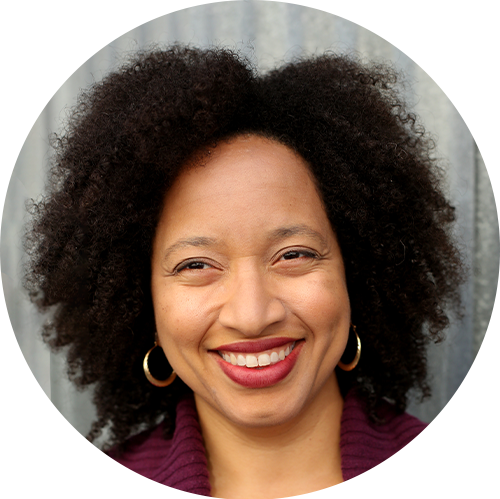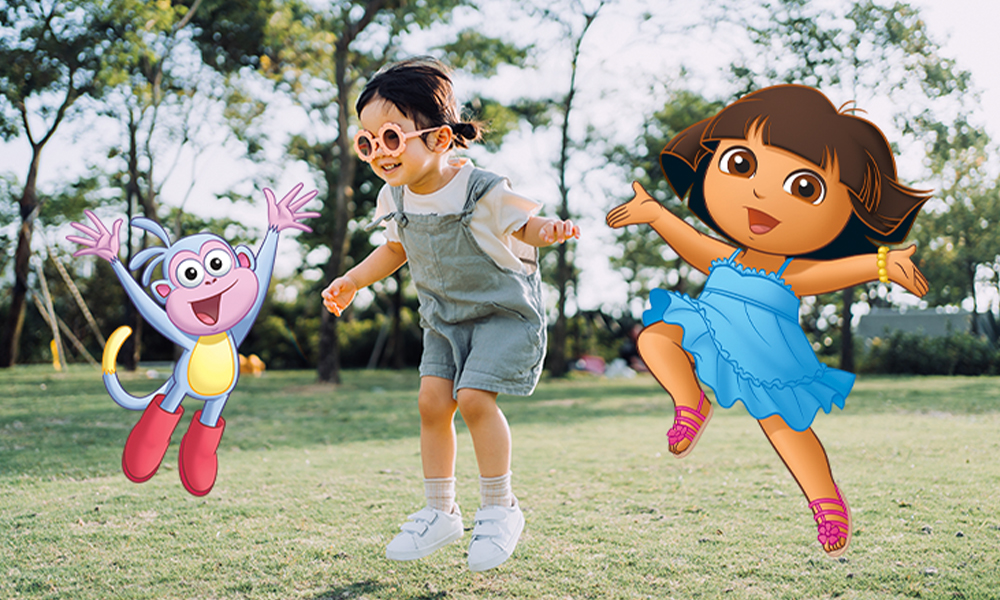Expert Tips with Dr. Ryan Padrez
Hello Noggin families!
One thing that’s great about summer is it’s a wonderful season to get kids’ (and our own!) bodies moving with regular physical activity, which is extremely important for health and well-being. Daily physical activity provides numerous health benefits including promoting proper gross motor development, cardiovascular health, improved sleep, healthy bone development, and improved mood and sense of well-being.
Children need to play and move their bodies every day – it’s their job. Children have boundless energy and encouraging activities that move their body will help put that energy to good use. It also can help develop a lifelong enjoyment of physical activity, as evidence suggests that physical activity habits learned early in life may track into adolescence and adulthood. How much physical activity should your child get each day? It depends on their age. Here is a good general framework below.
Long summer days and warm nights make it the perfect time of year to find new ways to build enjoyable physical activity routines for everyone. Time spent outdoors has been found to be a strong predictor of children’s physical activity. So get outside, move your bodies together as a family, and then go reward yourselves by cheering on this summer’s incredible athletes!
Be well and all my best,


Ryan Padrez, MD
Clinical Assistant Professor, Division of General Pediatrics, Stanford University School of Medicine
Medical Director at The Primary School
Father of Three
Expert Tips with Dr. Ryan Padrez
Hello Noggin families!
One thing that’s great about summer is it’s a wonderful season to get kids’ (and our own!) bodies moving with regular physical activity, which is extremely important for health and well-being. Daily physical activity provides numerous health benefits including promoting proper gross motor development, cardiovascular health, improved sleep, healthy bone development, and improved mood and sense of well-being.
Children need to play and move their bodies every day – it’s their job. Children have boundless energy and encouraging activities that move their body will help put that energy to good use. It also can help develop a lifelong enjoyment of physical activity, as evidence suggests that physical activity habits learned early in life may track into adolescence and adulthood. How much physical activity should your child get each day? It depends on their age. Here is a good general framework below.
Long summer days and warm nights make it the perfect time of year to find new ways to build enjoyable physical activity routines for everyone. Time spent outdoors has been found to be a strong predictor of children’s physical activity. So get outside, move your bodies together as a family, and then go reward yourselves by cheering on this summer’s incredible athletes!
Be well and all my best,



Ryan Padrez, MD
Clinical Assistant Professor, Division of General Pediatrics, Stanford University School of Medicine
Medical Director at The Primary School
Father of Three
Keep Kids Moving


1
Preschool-aged children (2-5yo)
should be physically active every day throughout the day through a variety of enjoyable physical activities, some of which should be adult-led and others unstructured active free play.
2
Children and adolescents (6-17yo)
should have at least 60 minutes or more a day of moderate-to-vigorous intensity physical activity. It doesn’t have to be 60 minutes all at once but can be split up throughout the day. It’s good to find a mix of activities where some are more vigorous such as running, some focus on strengthening muscles like push-ups, and some that strengthen bones and improve flexibility like jumping rope.
3
Adults (18-64 yo)
need at least 150 minutes a week of moderate intense activities, with 2 days a week of activities that strengthen muscles.
The Benefits of Quality Family Time


1
It Enhances Family Bonding
When activities families enjoy together become a regular, predictable, an integral part of their lives, it helps make a family closer. From attending religious services together, to going camping or playing board games, these experiences help families connect emotionally. With this connection comes a mutual respect between parents and kids, as well as a willingness to share problems or worries more openly.
2
It Improves Communication Skills and Conflict Resolution
Kids learn how to behave and communicate by watching their family interact. When conflicts arise, family time provides the forum to work together to solve issues that come up and model healthy ways to discuss and solve problems.
3
It Boosts Academic Performance
Kids whose families spend more time with them and take an interest in their education tend to do better in school. Showing interest in what your child is learning, as well as incorporating educational games at home, can help foster a love of learning as kids grow.
4
It Lowers Risk of Behavior Problems
Kids who spend more time with their families have shown less risk of behavioral issues such as acts of violence, delinquent behaviors, and later substance use. Spending regular quality time together can help kids feel more comfortable bringing up worries and can help relieve feelings of anxiety.
More in Noggin
Give Noggin a Try
Kid-safe & ad-free
Accessible on multiple devices
New content added weekly
Downloadable books & games for offline play
Kid-safe & ad-free
New content added weekly
Accessible on multiple devices
Downloadable books & games for offline play